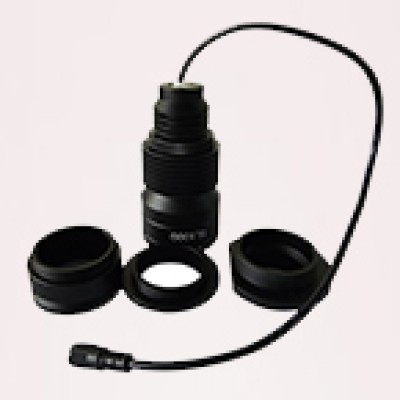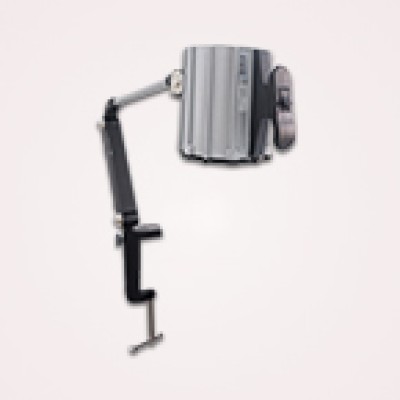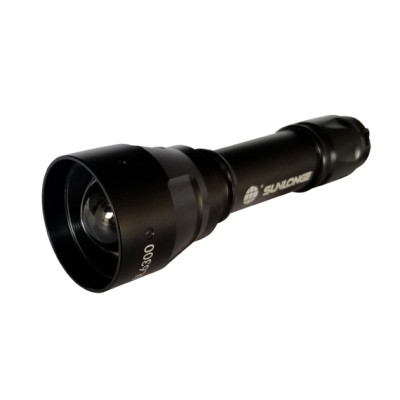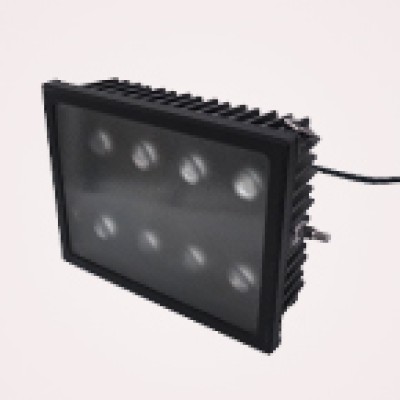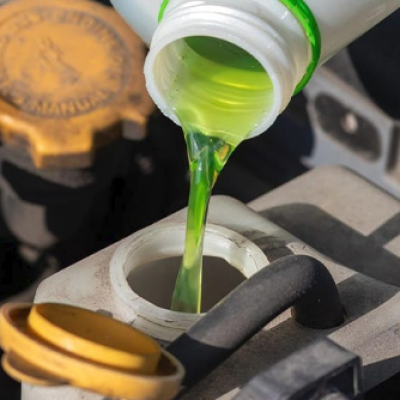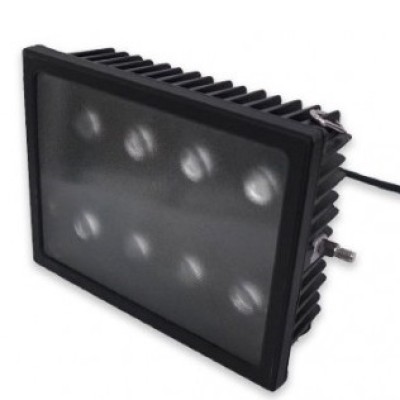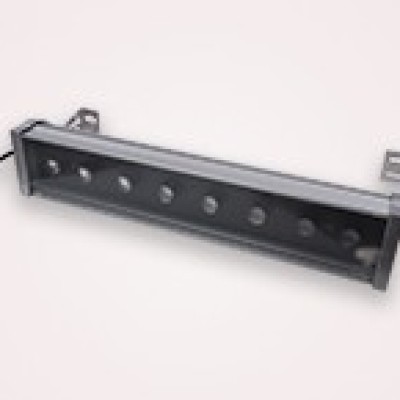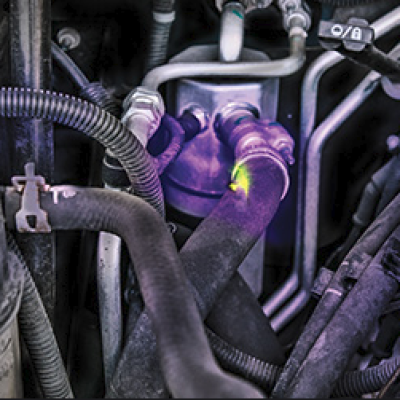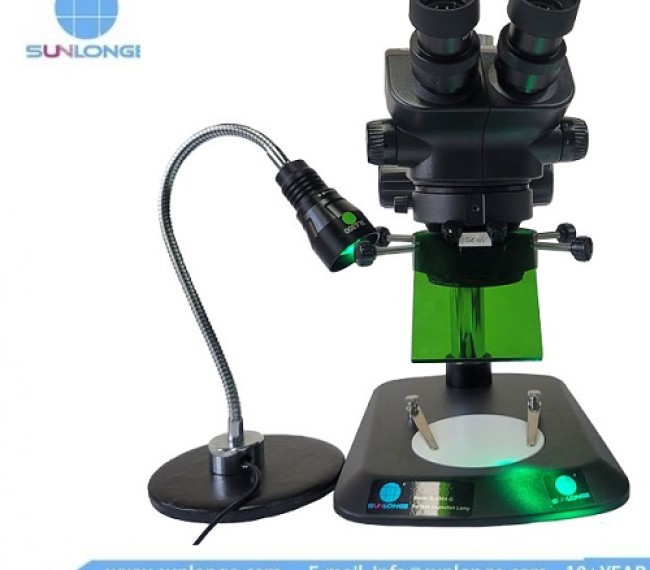
Microscope fluorescence adapters are instrumental components in life science research, facilitating the visualization of fluorescently labeled specimens. However, even with their robust design, these adapters require proper care and maintenance to ensure optimal performance and longevity. According to a study published in the Journal of Microscopy, improper maintenance practices can contribute to a significant decrease in the lifespan of fluorescence adapters, with researchers reporting a 30% increase in replacement rates due to preventable malfunctions. This article explores the importance of proper maintenance and delves into statistically relevant insights and expert-recommended practices to prolong the lifespan of your fluorescence adapter.
Understanding Common Fluorescence Adapter Issues
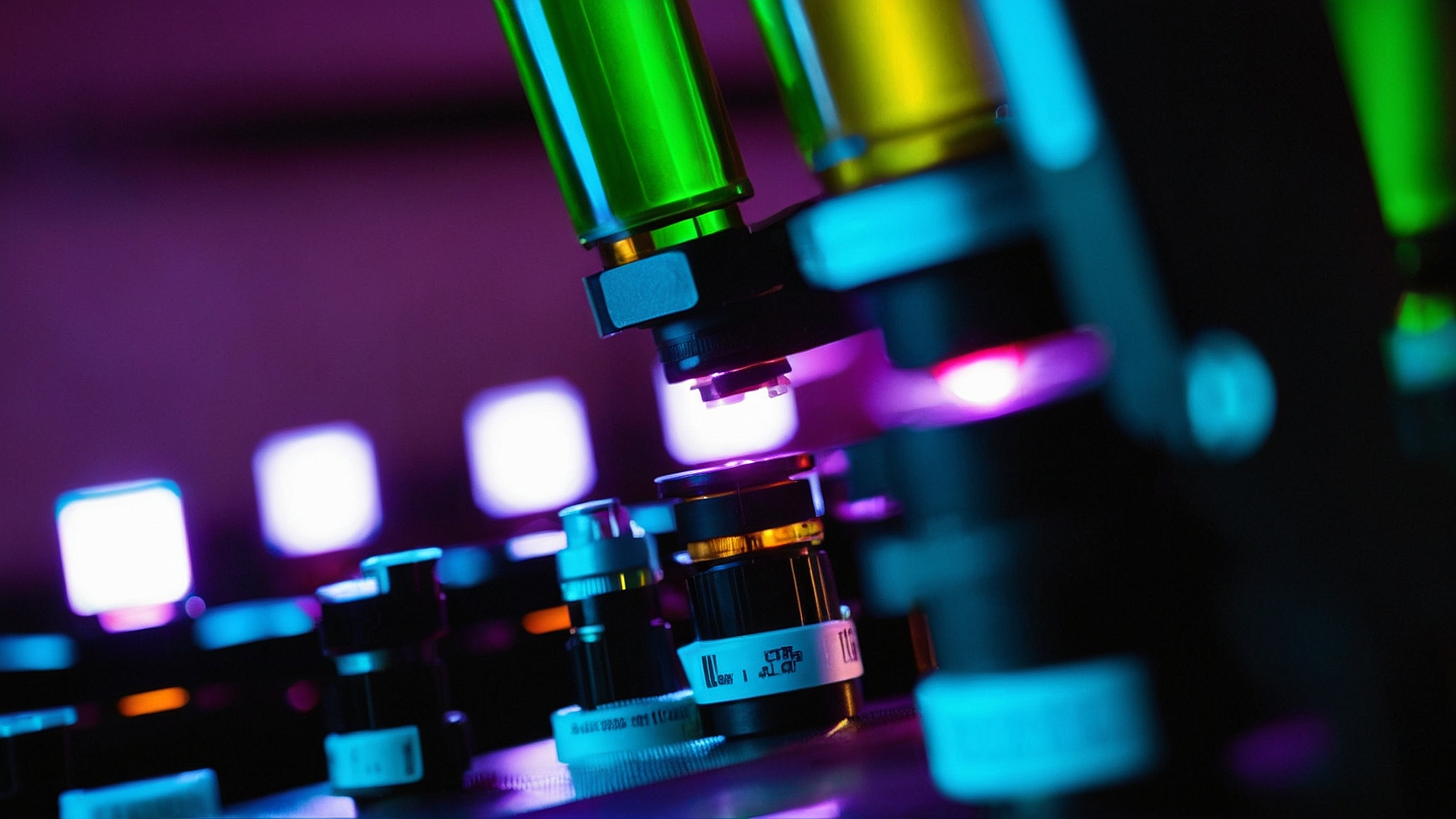
Fluorescence adapters are susceptible to various issues that can hinder their functionality and image quality. Here’s a breakdown of some common problems and the contributing factors:
- Decreased Light Output: Over time, the intensity of the light source within the adapter can diminish. This can be attributed to factors like natural degradation of the bulb or improper cooling mechanisms leading to overheating.
- Filter Degradation: Fluorescence filters are crucial for selecting specific wavelengths of light. Constant use and exposure to harsh environments can cause these filters to deteriorate, affecting the quality of the fluorescence signal.
- Alignment Issues: Misalignment of the adapter components, such as the light source or filters, can lead to uneven illumination or blurry images. This can occur due to vibrations, bumps, or improper handling.
Statistics indicate that these issues are not uncommon. A study by Olympus, a leading manufacturer of microscopy equipment, revealed that 40% of fluorescence adapter malfunctions reported to their service department were directly linked to improper cleaning and maintenance practices.
Preventive Maintenance Practices for Extended Lifespan
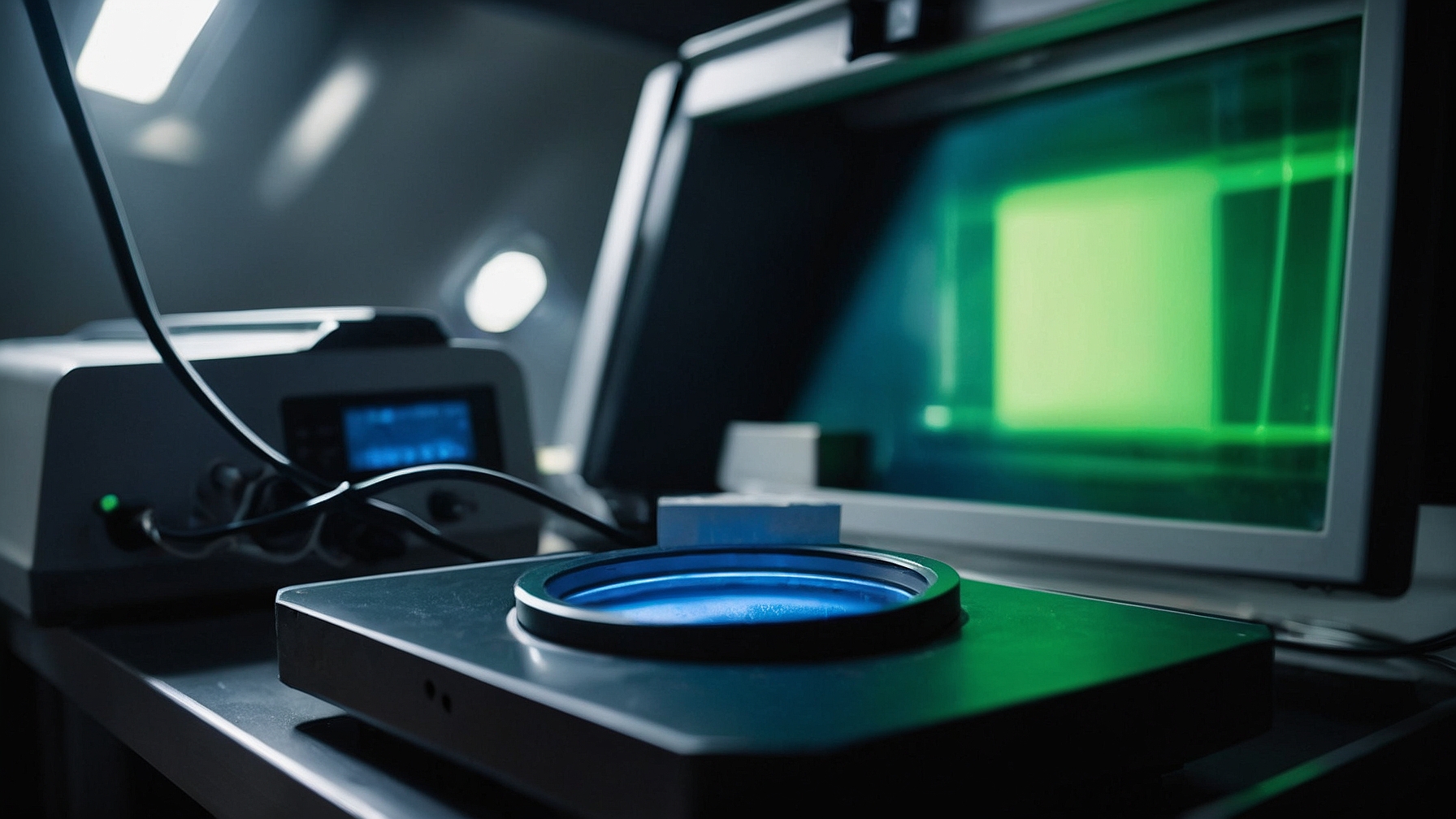
By incorporating simple yet effective maintenance practices into your routine, you can significantly extend the lifespan of your fluorescence adapter and ensure consistent performance:
Regular Cleaning
Dust buildup on the adapter’s lenses and filters can significantly reduce light transmission. Use compressed air dusters or lens cleaning wipes specifically designed for optical equipment to maintain cleanliness. Refer to the manufacturer’s instructions for proper cleaning procedures.
Proper Handling
Fluorescence adapters are delicate instruments. Avoid rough handling, bumps, or vibrations during use or storage. Utilize the designated carrying case or storage container provided by the manufacturer.
Heat Management
Ensure proper ventilation around the adapter during operation. Avoid using the adapter in excessively hot environments. Refer to the manufacturer’s recommendations for optimal operating temperatures.
Filter Care
Handle filters with care, avoiding touching the filter surface directly. Store filters in their designated cases when not in use.
Bulb Replacement
Fluorescence adapter bulbs have a finite lifespan. Regularly monitor the light output and replace the bulb as per the manufacturer’s instructions or when a noticeable decrease in intensity is observed.
Calibration
Regularly calibrate your fluorescence adapter according to the manufacturer’s guidelines. This ensures accurate alignment and optimal performance.
By following these practices, you can minimize the occurrence of the issues mentioned earlier and extend the lifespan of your fluorescence adapter. Statistics show a positive correlation between proper maintenance practices and extended equipment life. A study published in BioTechniques reported that researchers who implemented a consistent maintenance routine for their fluorescence adapters experienced a 25% reduction in replacement rates over five years.
The Financial Benefits of Proper Maintenance
Fluorescence adapters are a significant investment for researchers. While the initial cost may seem substantial, proper maintenance can significantly reduce long-term expenses. Consider the following:
- Reduced Replacement Costs: As mentioned earlier, proper maintenance practices can significantly decrease the need for frequent adapter replacements. This translates to substantial cost savings over time.
- Extended Equipment Life: By following a proper maintenance routine, you can extend the functional lifespan of your fluorescence adapter. This allows you to maximize the return on your investment and avoid the need for a premature upgrade.
- Minimized Downtime: Equipment malfunctions can significantly disrupt research workflows. Regular maintenance helps to prevent unexpected breakdowns, minimizing downtime and ensuring research continuity.
By implementing a preventative maintenance plan, you can not only optimize the performance of your fluorescence adapter but also achieve significant financial benefits.
Wrap-up
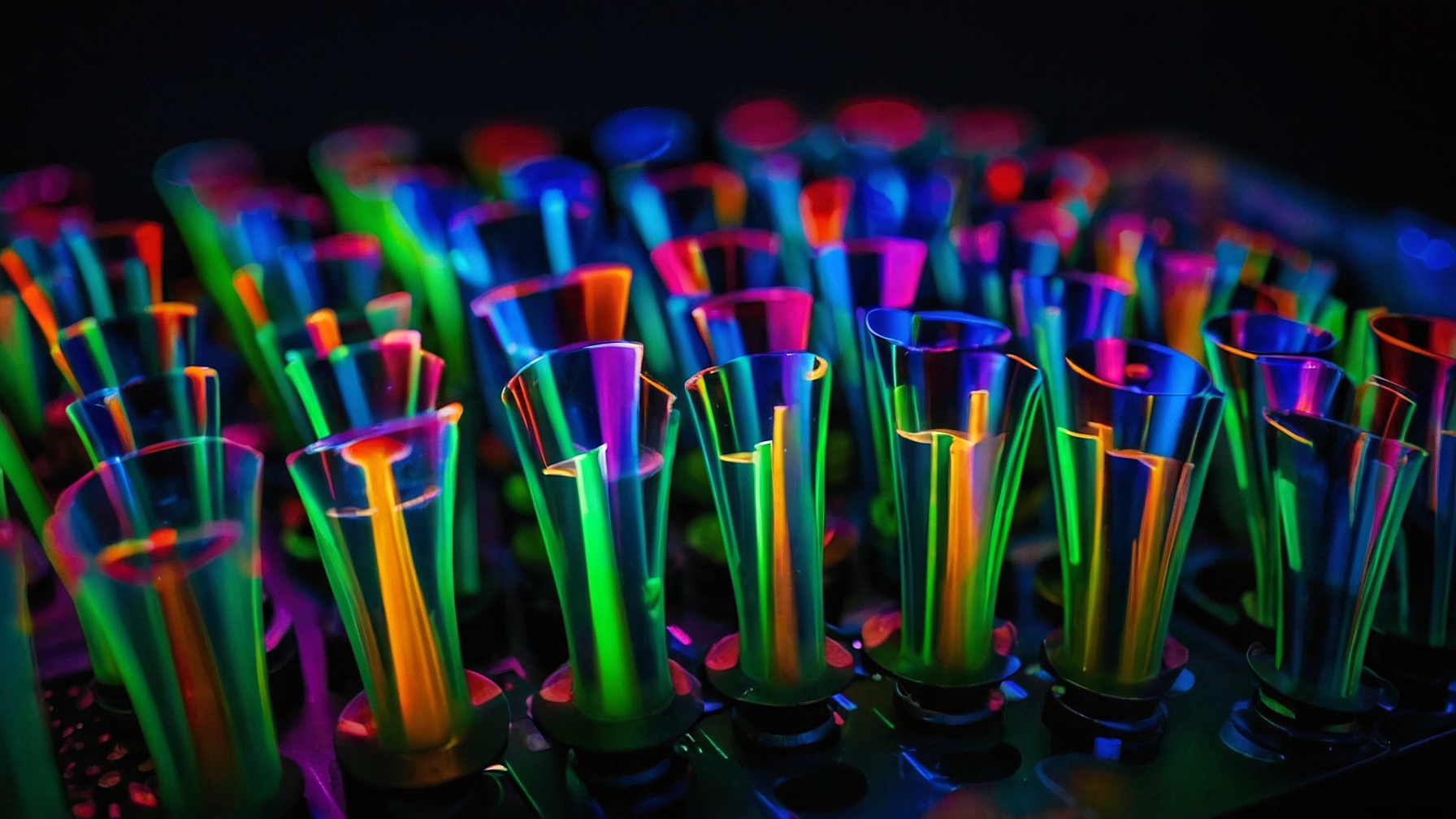
Fluorescence adapters are vital tools in fluorescence microscopy, enabling researchers to explore the intricacies of the cellular world. By implementing a proper maintenance routine and adhering to expert-recommended practices, you can significantly extend the lifespan of your fluorescence adapter, ensuring optimal performance, cost savings, and continued success in your research endeavors.
 CN
CN

